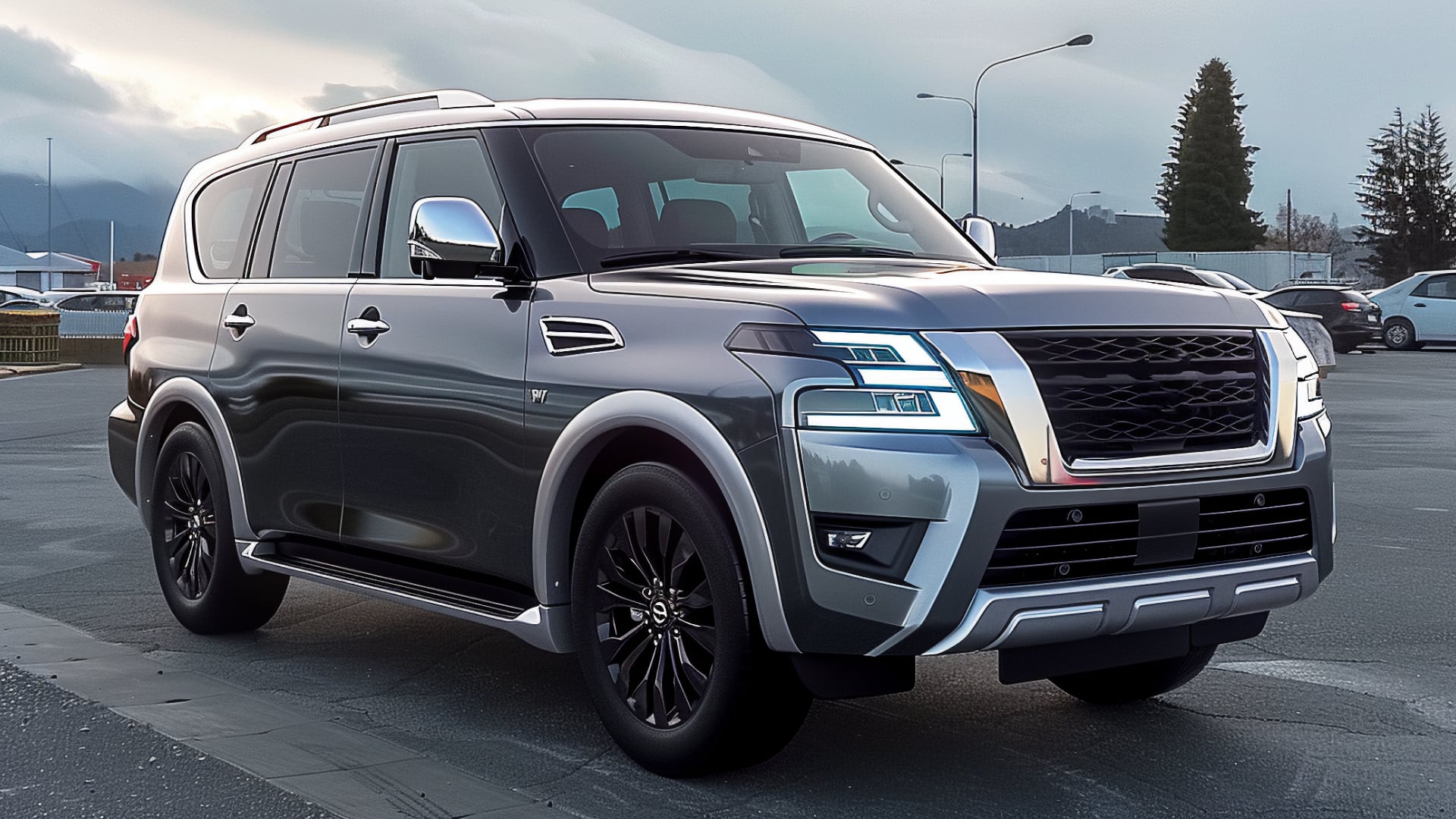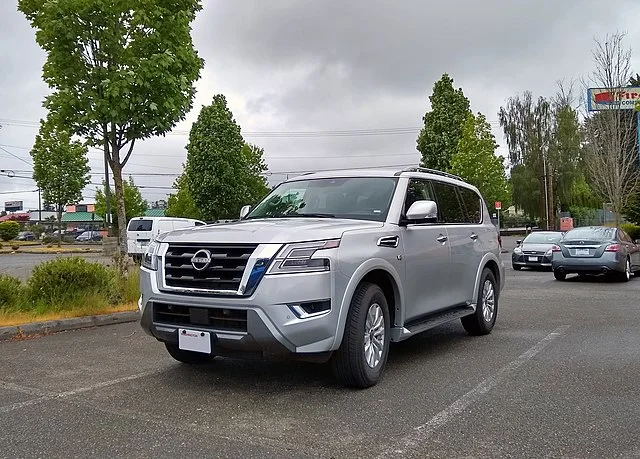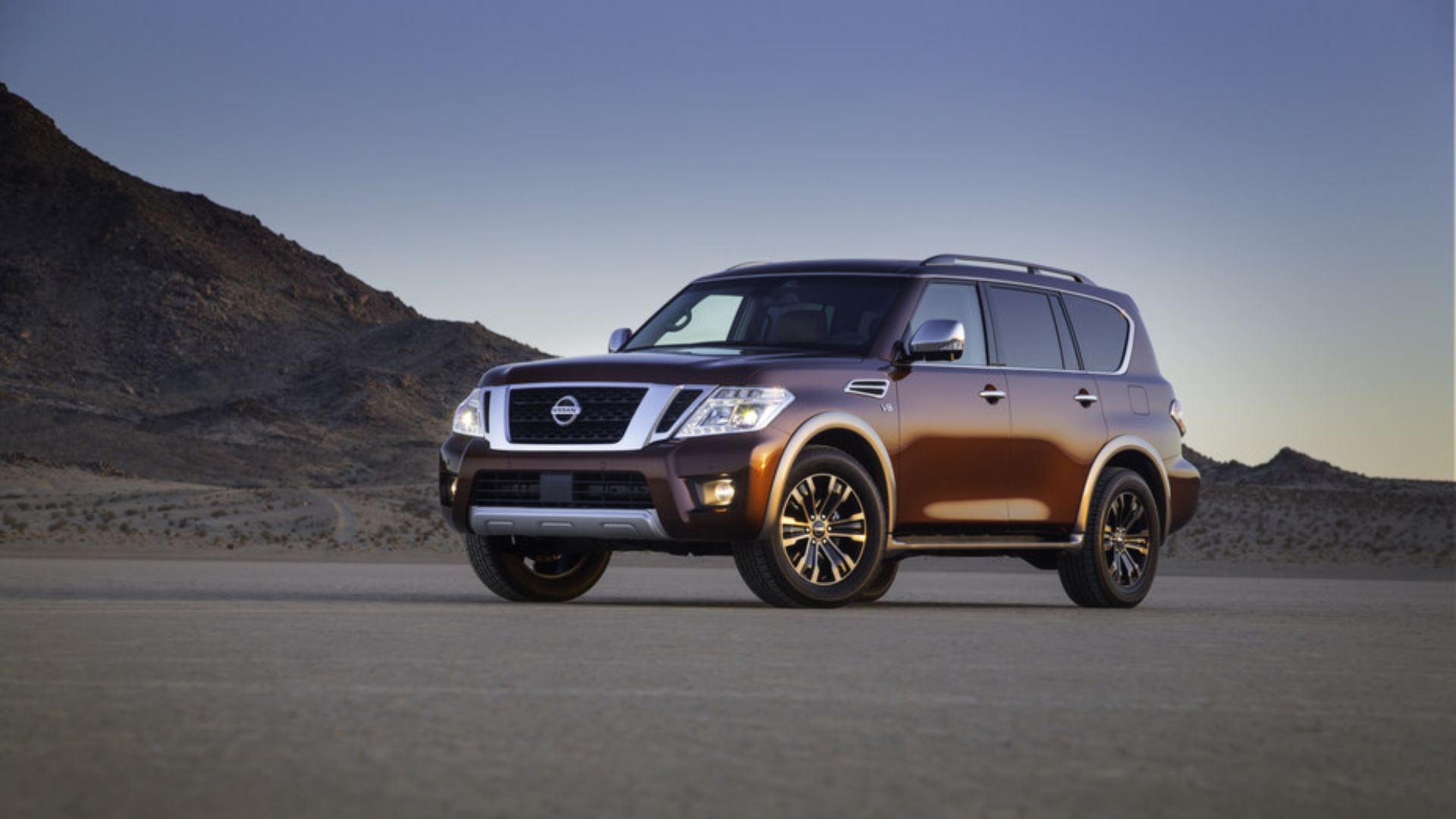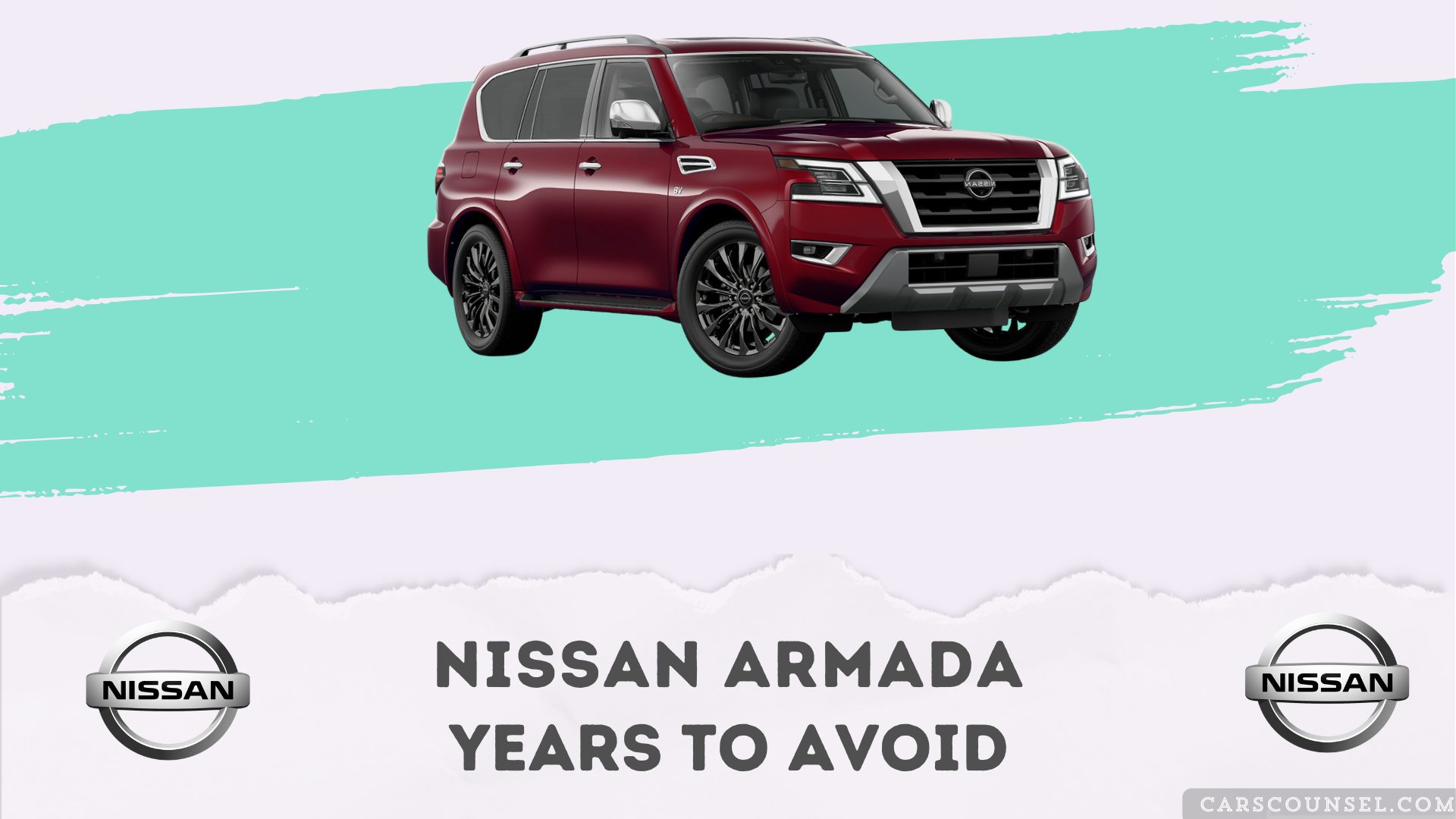Nissan Armada: Years To Avoid And What To Look Out For

Nissan Armada: Years to Avoid and What to Look Out For
The Nissan Armada, a full-size SUV known for its ruggedness and spacious interior, has been a popular choice for families and adventurers alike. However, like any vehicle, the Armada has its share of reliability issues, and certain model years are notorious for their problems. If you’re considering buying a used Armada, understanding which years to avoid is crucial to ensuring a smooth and trouble-free ownership experience.
The Early Years (2004-2007): A Rough Start
The first generation Armada, launched in 2004, was essentially a rebadged Infiniti QX56. While it offered a powerful V8 engine and ample space, it was plagued by several reliability issues that tarnished its early reputation.
Common Problems:
- Transmission Issues: The 5-speed automatic transmission was prone to premature wear and tear, leading to slipping, rough shifting, and even complete failure.
- Engine Problems: The 5.6-liter V8 engine, while powerful, was known for oil leaks, timing chain issues, and valve problems.
- Electrical Problems: The Armada’s electrical system was notorious for glitches, including faulty sensors, malfunctioning lights, and intermittent power outages.
- Suspension Problems: The suspension system was prone to premature wear and tear, leading to noisy rides, handling issues, and even premature tire wear.
- Rust Issues: The Armada’s body panels were susceptible to rust, particularly in areas prone to salt and moisture.
Verdict: While the early Armada offered a lot of space and power, the reliability issues make it a risky purchase. Unless you’re a seasoned mechanic with a lot of time and money to spare, it’s best to avoid these model years.
The Second Generation (2008-2015): A Mixed Bag
The second generation Armada, introduced in 2008, brought a redesigned exterior and interior, along with a new 7-speed automatic transmission. While the overall reliability improved, some model years still faced challenges.
Common Problems:
- Transmission Issues: While the 7-speed automatic transmission was an improvement over its predecessor, it still experienced occasional problems with rough shifting and premature wear.
- Engine Problems: The 5.6-liter V8 engine continued to be prone to oil leaks, particularly in the valve cover gaskets.
- Electrical Problems: The Armada’s electrical system remained a potential source of headaches, with issues like faulty sensors, malfunctioning lights, and intermittent power outages persisting.
- Suspension Problems: The suspension system was still susceptible to premature wear and tear, leading to noisy rides and handling issues.
- Rust Issues: The Armada’s body panels continued to be vulnerable to rust, particularly in areas prone to salt and moisture.
Years to Avoid:
- 2008: The first year of the second generation saw a number of early transmission problems, making it a risky choice.
- 2010: This year saw a high number of reported electrical issues, including problems with the instrument cluster and navigation system.
- 2013: This year was plagued by engine problems, with several owners reporting oil leaks and timing chain issues.
Verdict: The second generation Armada offers a more refined experience compared to the first, but certain model years still pose reliability risks. Research thoroughly and be prepared for potential repairs.
The Third Generation (2017-Present): A Step in the Right Direction
The third generation Armada, launched in 2017, brought a complete redesign, incorporating a new platform, a more powerful engine, and a host of modern features. The overall reliability improved significantly, but some issues still persist.
Common Problems:
- Transmission Issues: While the 7-speed automatic transmission is generally reliable, some owners have reported occasional rough shifting and premature wear.
- Engine Problems: The 5.6-liter V8 engine, while powerful, has been known to develop oil leaks, particularly in the valve cover gaskets.
- Electrical Problems: The Armada’s electrical system remains a potential source of headaches, with issues like faulty sensors, malfunctioning lights, and intermittent power outages still reported.
- Suspension Problems: The suspension system is generally reliable, but some owners have reported premature wear and tear, particularly in the front suspension components.
- Rust Issues: The Armada’s body panels are now more resistant to rust, thanks to improved materials and manufacturing processes.
Years to Avoid:
- 2017: The first year of the third generation saw a number of early transmission and engine problems, making it a risky choice.
- 2019: This year saw a high number of reported electrical issues, including problems with the infotainment system and driver assistance features.
Verdict: The third generation Armada represents a significant improvement in terms of reliability and overall quality. However, it’s still important to research thoroughly and be prepared for potential repairs, particularly for the early model years.
Key Factors to Consider When Buying a Used Armada:
- Maintenance Records: Always request a complete maintenance history from the seller. This will give you insight into the vehicle’s past repairs and potential issues.
- Vehicle History Report: Obtain a vehicle history report from a reputable service like Carfax or AutoCheck. This will reveal any accidents, title issues, or previous repairs.
- Test Drive: Take the Armada for a thorough test drive. Pay attention to the engine, transmission, suspension, and brakes.
- Inspection: Have a qualified mechanic inspect the vehicle before purchasing. They can identify any hidden problems that might not be apparent during a test drive.
- Price: Compare prices with similar vehicles on the market. Don’t be afraid to negotiate with the seller.
Conclusion:
The Nissan Armada is a capable and spacious SUV, but certain model years are prone to reliability issues. By carefully considering the years to avoid and following the tips above, you can increase your chances of finding a reliable and enjoyable used Armada. Remember, thorough research and due diligence are crucial to ensuring a smooth and trouble-free ownership experience.
Additional Information:
- Common Repairs: While the Armada’s engine is generally robust, expect to replace the valve cover gaskets at some point. The transmission can also experience problems, especially in the earlier models.
- Parts Availability: Parts for the Armada are readily available, thanks to its popularity and shared components with other Nissan vehicles.
- Resale Value: The Armada holds its value relatively well, especially the newer models. However, the resale value can be affected by its reliability history.
Remember, buying a used car is a significant investment. Take your time, research thoroughly, and don’t be afraid to walk away if you’re not comfortable with the vehicle or the price.



![Best & Worst Nissan Armada Years [2004-2024 ] - Car Smite](https://www.carsmite.com/wp-content/uploads/2024/01/The-Best-and-Worst-Years-For-Nissan-Armada.png)



